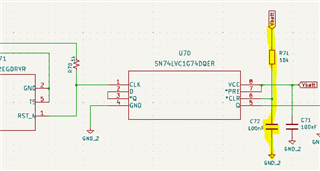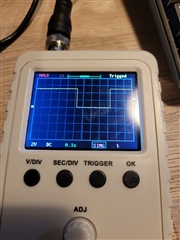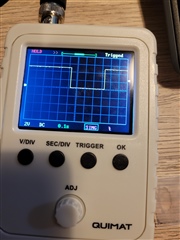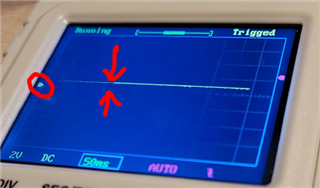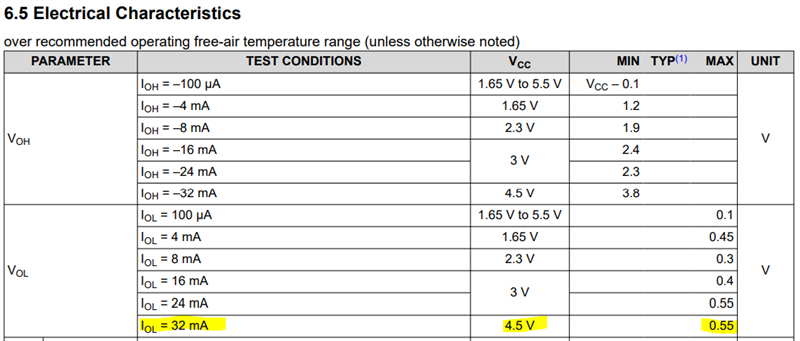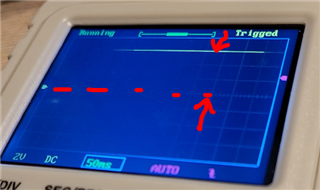Other Parts Discussed in Thread: SN74LVC1G74, STRIKE
Hi,
I have designed latched switch using TPS3422EGDRYR and SN74LVC1G74DQER. Schematics of this design is given as below. Input supply is 5 V. It works while in open load condition and show 5 V as output, but as soon as I connect main circuit with this board it drops the voltage. I noticed SN74LVC1G74DQER is getting hot.
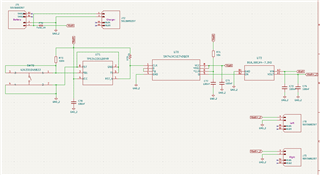
Can someone please suggest what could be wrong? I went through the schematics but could not find any issue.


